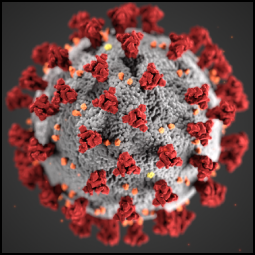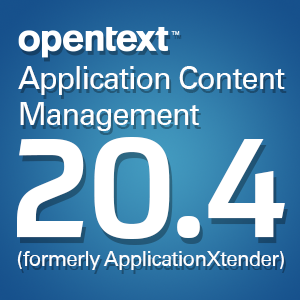Electronic document management a top priority for medical field
Monday, March 4, 2013With the rapid growth of clinical data, more healthcare organizations are turning to electronic document management (EDM) for improved organization and accessibility of patient records.
Recent research by CommVault revealed that providers are increasingly making document management and security a top priority by implementing electronic medical records (EMRs) to ensure HITCH and HIPAA compliance. The firm's survey revealed that investments in data management technology are mainly driven by regulatory compliance and a demand for higher operational efficiency. The applications that were identified as most desirable for driving growth included EMRs, healthcare data warehousing, information exchanges with other organizations, information governance and disaster recovery. CommVault reported that healthcare reform has brought increasingly strict regulations on the access to and use of health-related information, demanding that organizations ensure protection of patient records.
However, data security has become a challenge in the face of bring-your-own-device (BYOD) policies that allow physicians to use personal technologies for sharing patient information. While enterprise search solutions with advanced archiving can aid in the eDiscovery process, the CommVault survey revealed that only 26 percent of respondents have one of these tools in place to aid in fulfilling these requests. The firm concluded that digitization and automation are key to data management strategies that ensure reduced storage costs, optimal disaster recovery planning and regulatory compliance. Jay Savaiano, director of business development for healthcare at CommVault, commented on the firm's research.
"The HIMSS Media survey reinforces an underlying theme – healthcare organizations want to simplify their IT systems and environments to meet compliance demands and ensure the highest levels of patient care delivery," he stated.
Data accessibility saves lives
Improving patient care is a key driver for the adoption of an EDM, which aids providers in accessing information more quickly to accelerate decision-making regarding treatment News-Medical reported that researchers recently used EMRs to identify Group Health patients who hadn't been regularly screened for colorectal cancer. Beverly Green, leader of the study, explained that improving screening rates for this kind of cancer, which is only second to lung cancer in causing death, can be life-saving. By using an electronic system for central access to and automation of patient information, Group Health was able to double the patients' rates of on-time screening and save health-related costs. After identifying 4,675 Group Health patients that were not up-to-date on testing for colorectal cancer, the study found that those who received automated interventions in addition to "assisted care" had the highest screening rates.
By enhancing physicians' insight into patient conditions, EDM empowers more efficient, intelligent treatment strategies and overall heightened care quality.
Brought to you by Image One Corporation providing complete information governance since 1994.




